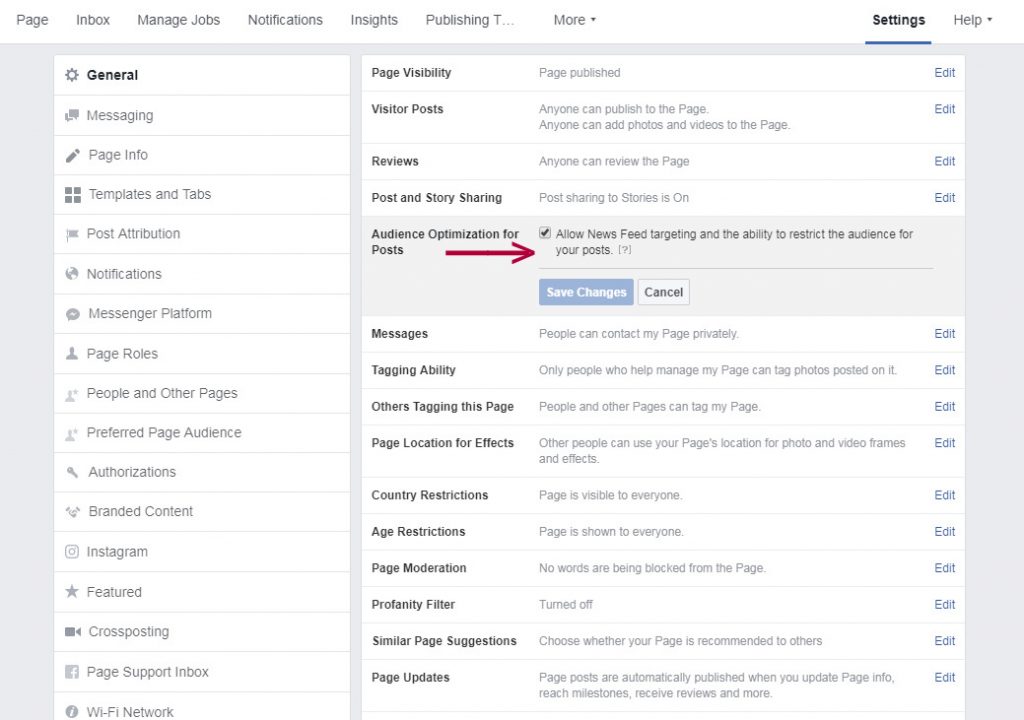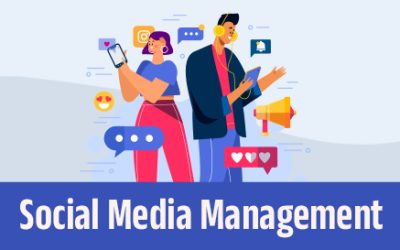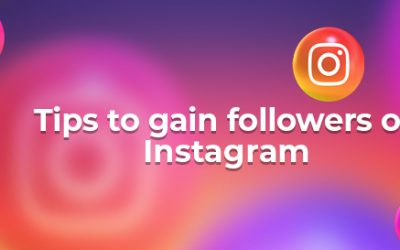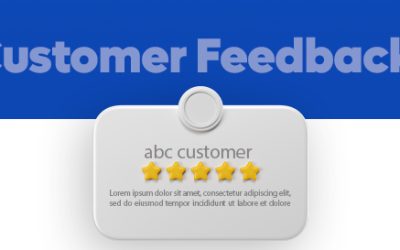Utilizing social media in your digital marketing is a good business strategy because it helps in targeting prospective customers or patients. The most popular social media sites differ hugely by the level of usage in different countries and demographics. Identifying these differences in popularity of the various social networks is really important when targeting potential patients. Just as other businesses, healthcare businesses also have to keep up with online marketing and have a strong media presence. Any marketing strategy should focus on gaining visibility before the right audience, whether it is through Facebook, LinkedIn, Twitter or any other.
In the year 2018 there was a difference of opinion regarding the most popular social media platform. However, Facebook still continues to be the largest social media platform with 2.38 billion users. It is not just popular for personal use but for business use as well. It is a network to connect with your potential consumers. It lets users like posts, comment on them, or share photos, updates, general news, and other posts.
Facebook earlier had a feature called Interest Targeting where it allowed you to target people specifically interested in a subject or Facebook page that is related to your business. But in 2016 this feature was replaced by Audience Optimization. It allows users to add or restrict the audience and target more niche segments of their existing audiences from a single organic post.
Steps:
- Go to your Facebook page and click on the Settings tab.
- Choose general settings and enable the “Audience Optimization for Posts” option.
- Select the checkbox and save your changes to allow audience targeting option. This will enable Audience Targeting for your Organic posts.
- Now when you create a new post, you will be able to see the audience targeting options.
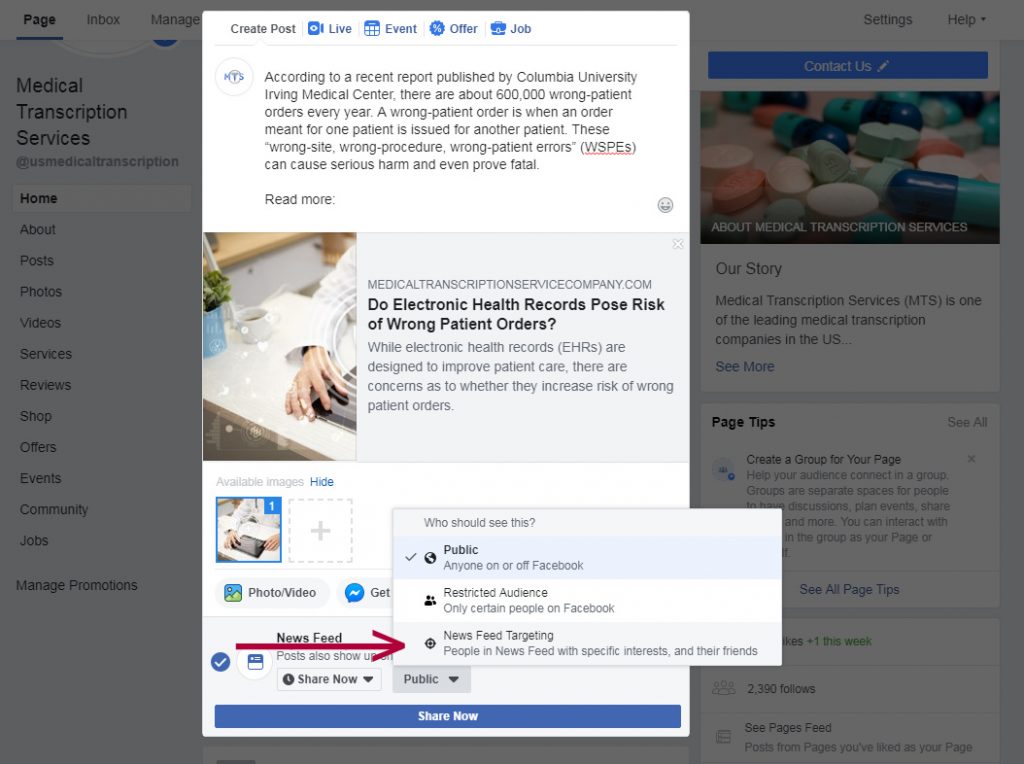
- You can also choose the people who you would like to reach in NewsFeed based on their interest that line up with your post.
- Use “audience restriction” tab to limit who sees your content based on demographic data.
How Audience Optimization Works
- Preferred audience: Add tags to describe the interests of people who are most likely to enjoy your post. For example, a healthcare post might include tags for the doctor or healthcare units or service provided. For each unique reader, Preferred Audience uses interest tags to help prioritize Page posts in News Feed based on the topics that are most likely to engage the readers. Interest tags do not limit reach.
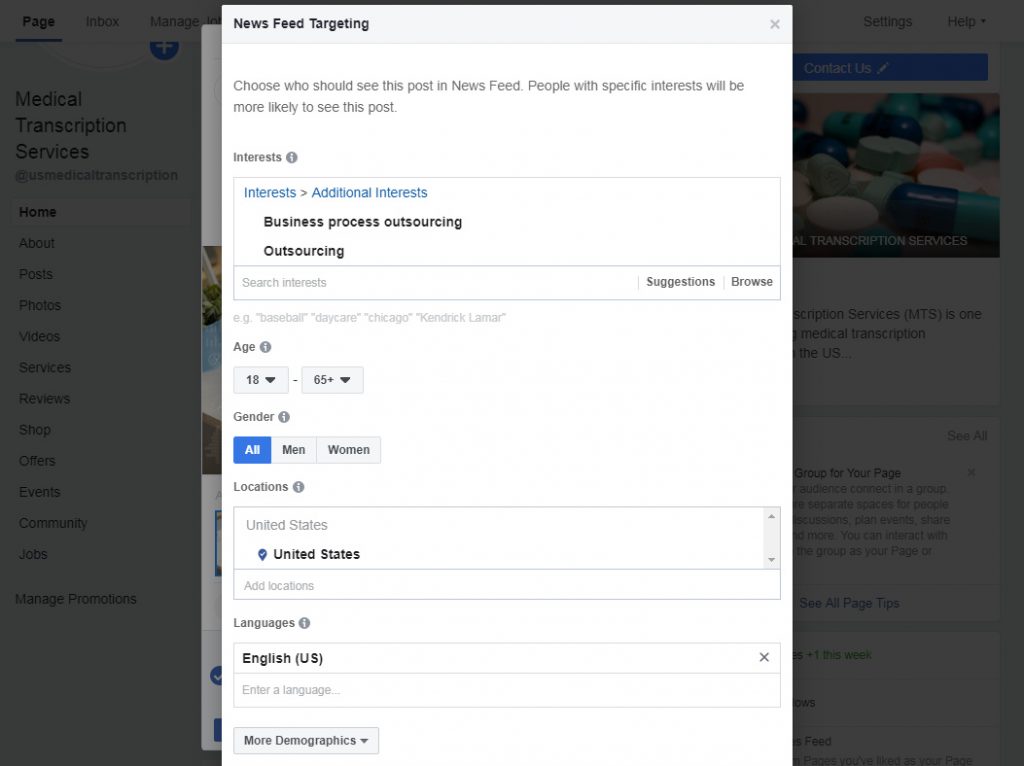
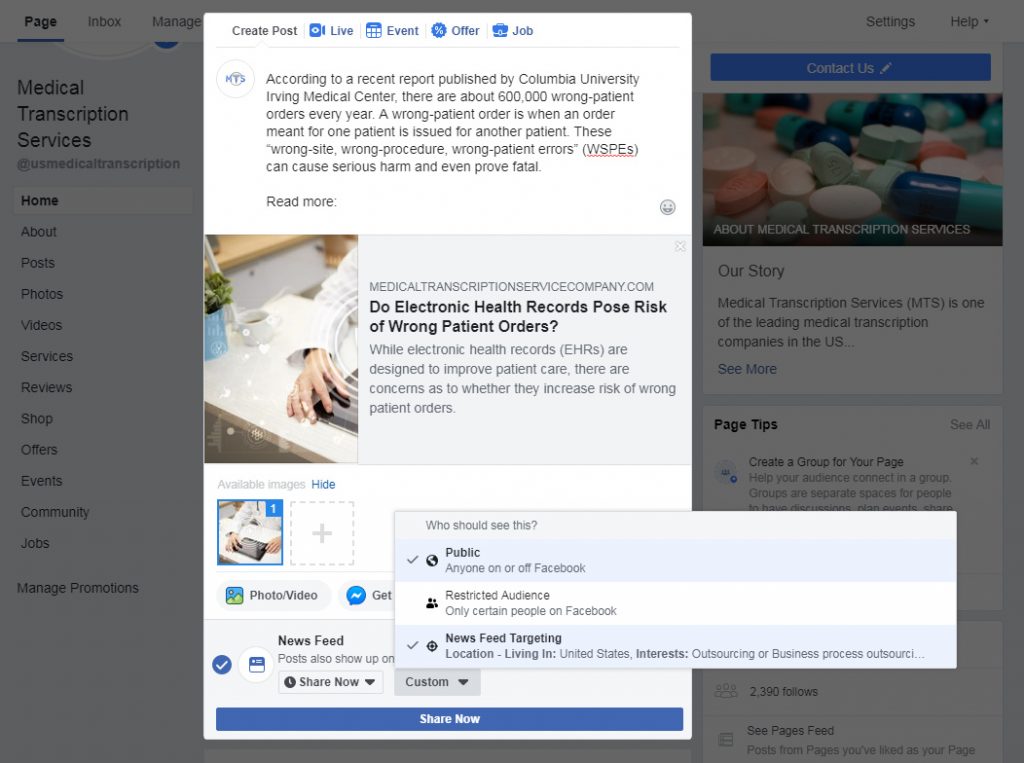
- Restriction on audience: Restrict the visibility of your content to specific demographics and prevent posts from being viewed by people anywhere on Facebook with this part of the tool. This is an advanced and existing feature that functions as a companion to preferred audience.
- Audience insights: Understand how your audience responds to a post with interest tags. Audience insights show you how each interest tag you set contributes to a post’s reach, clicks, shares and likes.
After this feature was released, there were many speculations about it. The objective of this feature is “do no limit reach”. The social media network generates more than 10 percent of all organic traffic to online websites and the new features improve click-through rates. Now the question is whether this new feature actually increases traffic.
Can the new interest tags improve traffic or engagement on organic posts? A study that used data from publishers’ Pages with millions of followers has showed that adding interest tags does not necessarily lead to an increase in click-through rates (CTRs). In other words, audiences that are reached by carefully tagging posts are no more likely to click on a link share than audiences reached by posts that don’t have any tags.
This analysis is based on data from major new publishers in the US with diverse audience. The participants were carefully chosen for this study. To conduct this investigation a machine learning algorithm was developed using natural language processing techniques which could assign relevant interest tags to social media posts. The algorithm analyzed and understood the content of the articles shared. To ensure that the algorithm chose high quality interest tags, the feedback from relevant page owners were selected. All Page owners agreed that they would have picked similar tags to the ones chosen by the algorithm, and that the posts were of good quality on their pages.
After a full month, the median impressions achieved by posts without interest tags were compared to median impressions achieved by posts with interest tags.
Findings of the Investigation
The findings were clear and consistent and saw a statistically significant rise in CTR when interest tags were added to the posts. But one of the pages saw a decline in its CTR as impression increase while traffic was held steady. This led the investigators to theorize that the algorithm might not have generated high quality interest tags. So another experiment was conducted but with randomly generated tags. Using the same pattern, posts were shared with random tags and posts without interest tags on alternating days. Again after a month the median impression was compared with CTRs gained by posts tagged with random interest tags to the figures for untagged posts. The results showed that t he randomly tagged posts performed no different than untagged posts in terms clicks and CTR, except in one case where the CTR declined for randomly tagged post.
The second experiment also shows that he interest tags have advantage or any harmful impact on organic traffic. So it can be concluded Audience optimization do not offer a viable way to reach to specific groups like patients. Therefore the publisher must focus more on their time to create high quality share messages, rather than reaching out to audience among the followers. Instead of adding interest tags, many of the publishers should work with creating many different, topic specific Pages on Facebook. That can be curated using intelligent automation and this helps user who are interested in healthcare to see content form a national news outlet. Additional pages can also improve traffic and reach high engagement rates by speaking directly to potential users with niche interests, who are likely to engage and appreciate customized content feeds.
Although he experiments say that audience optimization does not do anything for the publishers, Face Book claims that its Audience Optimization and Preferred Audience features help prioritize posts that are most likely to be engaging without limiting visibility for others. To prevent a post from being seen by people for whom the posts are not relevant, Audience Restrictions works across Facebook to limit audience by location, age, gender, and language. It helps Facebook to match content with the potential patients on particular topics for users who are most likely to be interested in those topics. There should be at least six to 10 tags and a maximum of 16 tags for this feature to work best. Make sure that the post includes tags that describe the content in both explicit and broad terms. This is the era of smartphones and other electronic gadgets and it is important for any business to utilize the innovative features social media platforms such as Facebook provides. A reliable social media optimization service would use relevant strategies and techniques and increase the visibility, traffic and exposure of your business website on social media platforms.


